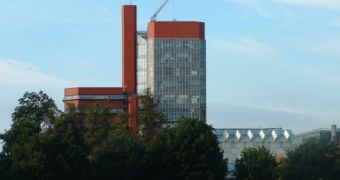The reason why this particular surgery was so important and benefited from so much attention was that it represented the first time doctors used state-of-the-art techniques and equipments to treat heart rhythm disorders. The entire process was transmitted live to the delegates attending the Heart Rhythm Congress 2008, in Birmingham, U.K.
The new technique used complex 3D imaging methods to offer surgeons a clear idea of what was going on inside the patient's heart in real time. Catheter ablation was used to implement a series of successive treatments to localized areas of the organ. The surgery was conducted by Dr. Andre Ng, who is a senior lecturer in cardiology at the University of Leicester and a Consultant Cardiologist at the University Hospitals of Leicester NHS Trust.
Doctor Ng says that, apart from showing the Congress the benefits of modern technology in treating heart diseases, the broadcast of this procedure offered thorough insight on exactly how the procedure is performed and what risks are involved. He also explained the complex surgery step-by-step, allowing the auditory to follow basic explanations of what was happening in the operating room, miles away. Ng has extensive experience in the area, having already held three Ensite Array courses at Glenfield Hospital in Leicester.
"I am very pleased to be invited to perform the live ablation procedure. Although doing the procedure live can put extra pressure, especially considering the unexpected as anything could happen during the procedure, this is an excellent way of communicating and discussing specific aspects of the technology during the progress of the procedure," explained Dr. Ng before the surgery, which took place on October 20th.
This was the first time ever that 3-dimensional computer generated images were incorporated into a live surgery, with the express purpose of helping surgeons detect and avoid any obstacles that might occur in real-time.

 14 DAY TRIAL //
14 DAY TRIAL //